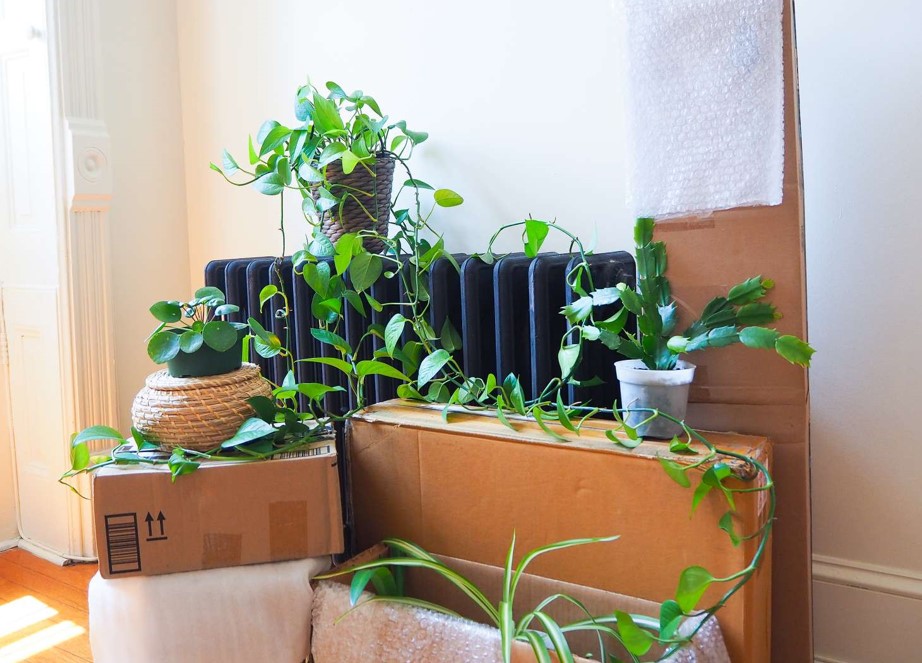In Chicago, moving may be an intimidating task, particularly if you are moving fragile objects like plants. When you adore plants, you want to make sure your green friends get to your new house safely. Here’s where professional movers become useful. They can help the shift go more smoothly for you and your plants with their knowledge and careful handling.
Moving further, this article will fully explain how to relocate your plants with the help of expert movers so they get the attention and care they require the entire time. Head on to the complete details so that nothing important is missed throughout the process.
Tips for Moving Your Plants with Professional Movers:
Plants and other delicate goods need special attention when being moved so they are well-protected. Professional movers in Chicago make your move much easier by guaranteeing safety. They have the experience and skills to manage the process effectively, so they can offer first-hand knowledge. The following are some crucial pointers and advice for relocating your plants. Read them to make your process easier.
1. Keep your plant in appropriate condition
It’s crucial to maintain the condition of your plant. Make sure your plants are in good condition for transportation before hiring reliable movers to move them. This includes evaluating the plants’ health, cutting any overgrowth, and looking for pests or illnesses.
To stop pests or diseases from infecting other plants while they are being transported, it is crucial to take care of any problems in advance. Repotting large plants into more manageable and portable containers is another option to think about. You must follow this tip to move your plants safely.
2. Opt for Professional Movers in Chicago
Selecting expert Chicago movers will guarantee a seamless and effective plant relocation experience. Seek out respectable moving firms that have expertise in moving fragile objects like plants. Plants can be transported safely and with minimal risk of damage during transit when they are moved by professionals, who have the necessary equipment and expertise. For additional peace of mind, they can also offer insurance coverage and advice on how to prepare your plants for the move.
3. Securely pack Plants with Expert Assistance
It’s important to make sure plants are packed securely for transportation to prevent any damage from occurring. To do so, professional assistance is required. Plant relocation specialists are skilled movers who are aware of the best methods and supplies to use.
To shield each plant from potential damage, they will wrap it with care. They will also offer the right amount of support and cushioning to keep the plants steady while in transit. You can rest easy knowing that your plants will be packed safely and delivered to your new location by depending on professionals.
4. Keep Climate Considerations in Mind
Climate conditions must be taken into account when moving because plants are sensitive to variations in humidity and temperature. Research well for the ideal temperature and humidity ranges for your plants and move them accordingly. Moreover, gradually introduce the new environment to them before completely transitioning them. You can assist your plants in adjusting to and thriving in their new environment by keeping climate factors in mind.
5. Efficient Transportation
Ensuring the safety of your plants during a move requires effective transportation. If you’re moving the plants yourself, be sure to properly secure them in your car to keep them from falling over or moving. Also, keep them out of places where they might be exposed to harsh weather or direct sunlight.
Tell the moving company about your unique needs for plant transportation if you’re hiring them. Make sure they have the tools and vehicles needed to deliver your plants safely. It is possible to reduce stress on your plants and improve the likelihood of a successful relocation by giving priority to effective transportation.
6. Proper Unloading and Unpacking
After your plant arrives at the new location unload and unpack it properly. Careful monitoring is required to save your plants from any possible damage during the move. When unpacking them, take your time and be mindful of the roots and foliage.
Take immediate action to repair any plants that were damaged or became loose during transit. Assist them in recovering by providing the required assistance, such as repositioning etc. Plants can have the best chance of thriving in their new environment if you properly unload and unpack them.
Conclusion:
In conclusion, taking essential steps to safeguard your plant during the move is essential. Plants are very delicate and need to be handled with utmost care. This detailed guide entails tips for moving your plants. It will surely help you out if you are worried about the secure transfer of your plants to your new location.

